Kelly Chuning (Fiber 2024)
Photo: PD Rearick
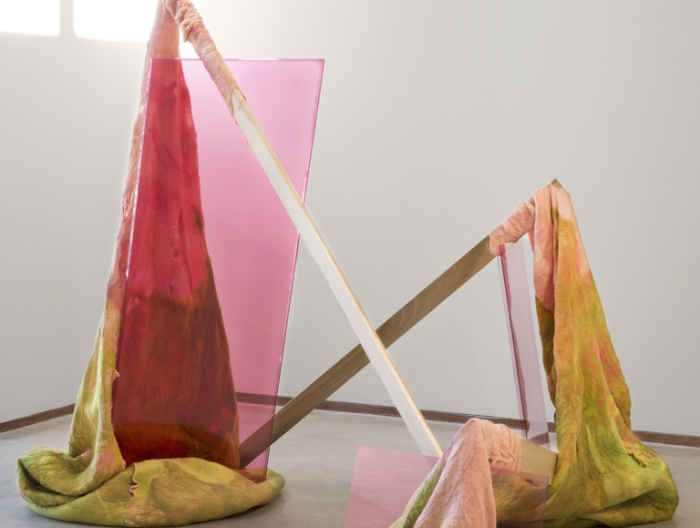
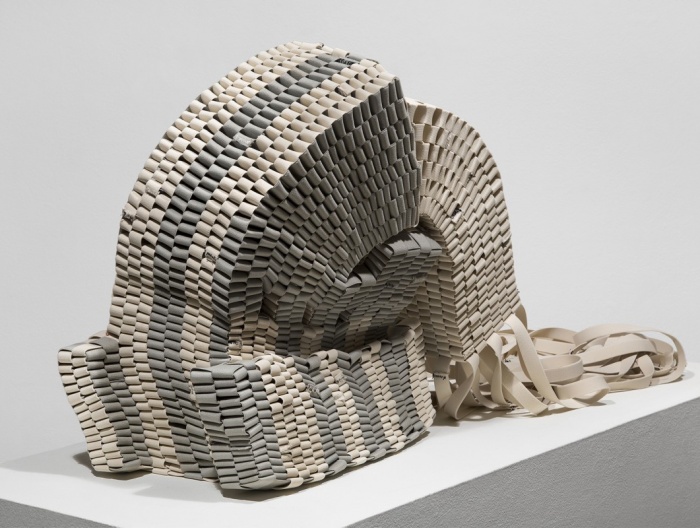

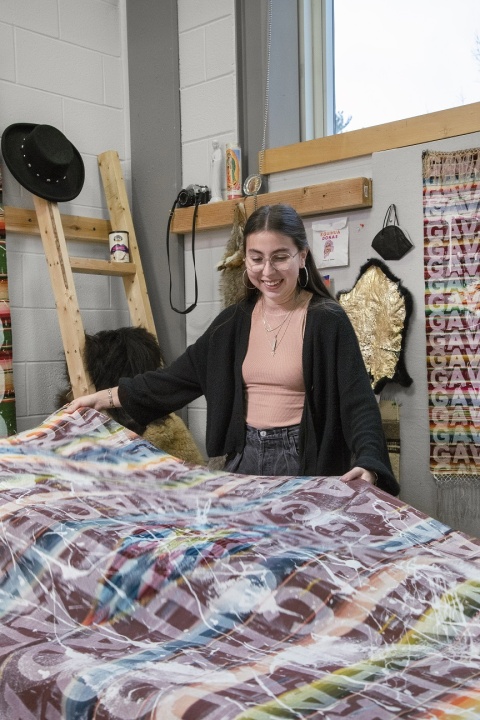
Kelly Chuning (Fiber 2024)
Photo: PD Rearick
Fiber is an ever-shifting practice that is grounded in the centuries-old traditions, forms, and materials of textile production and manipulation. As artists, our intimate relationship with the traditional forms of fiber interacts with the expanse of contemporary practice in art, craft, and design, challenging the definitions of each. Whether the work we produce manifests itself as a sculptural form, garment, functional object, tapestry weaving, socially engaged community practice, digital output, or something else we cannot currently name, we embrace it as a mode of exploration.
While attending the Academy you are a member of a community of passionate and rigorous colleagues each questioning your assumptions, place in the world, and the role of your work in that world. Each person must be highly motivated, inquisitive, and open to discussion, challenge, and experimentation. The diversity of experience in the community, and each person’s unique insights and skills, provide a broad base of information to help you build an idiosyncratic practice that can sustain your development well beyond your time at the Academy.
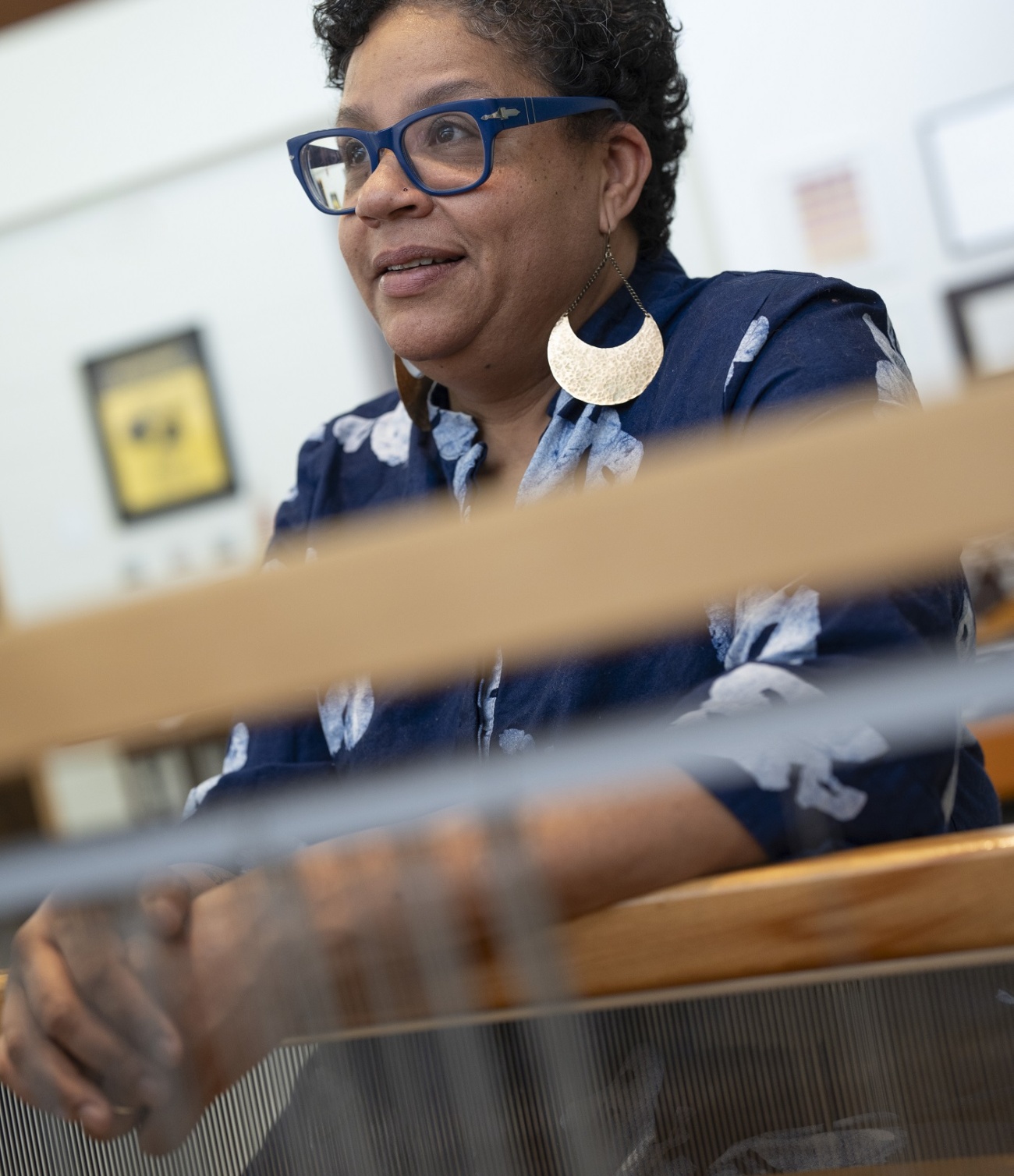
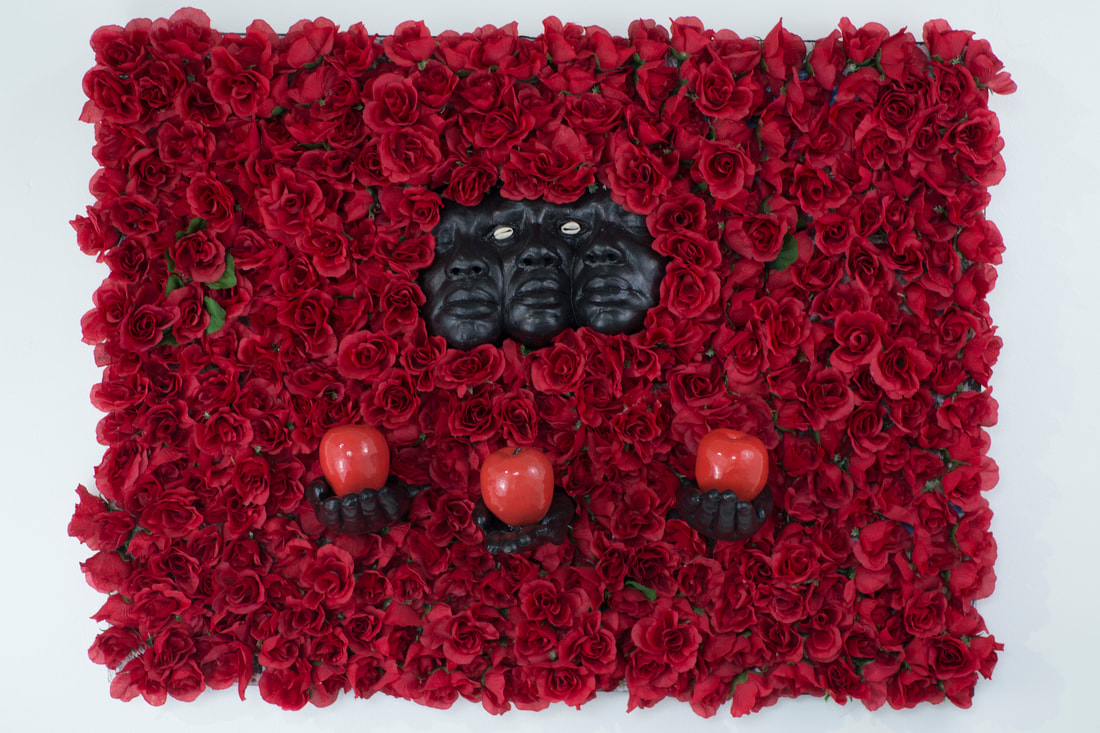
Joey Quiñones brings an interdisciplinary approach to Fiber. They incorporate research and conceptual development into their own expansive art practice. Their work has been shown widely with exhibitions at the Belger Arts Center, the Akron Art Museum, and Contemporary Arts Center in Cincinnati.
They were a finalist for the Manifest Gallery Annual Prize and were recognized for their work by the James Renwick Alliance Chrysalis Award. They have had residencies at Vermont Studio Center, Winterthur Museum, Garden, and Library, and Arts/Industry Residency at Kohler. Their work is in the collections of the Belger Arts Center, Wylie House Museum, and John Michael Kohler Arts Center.

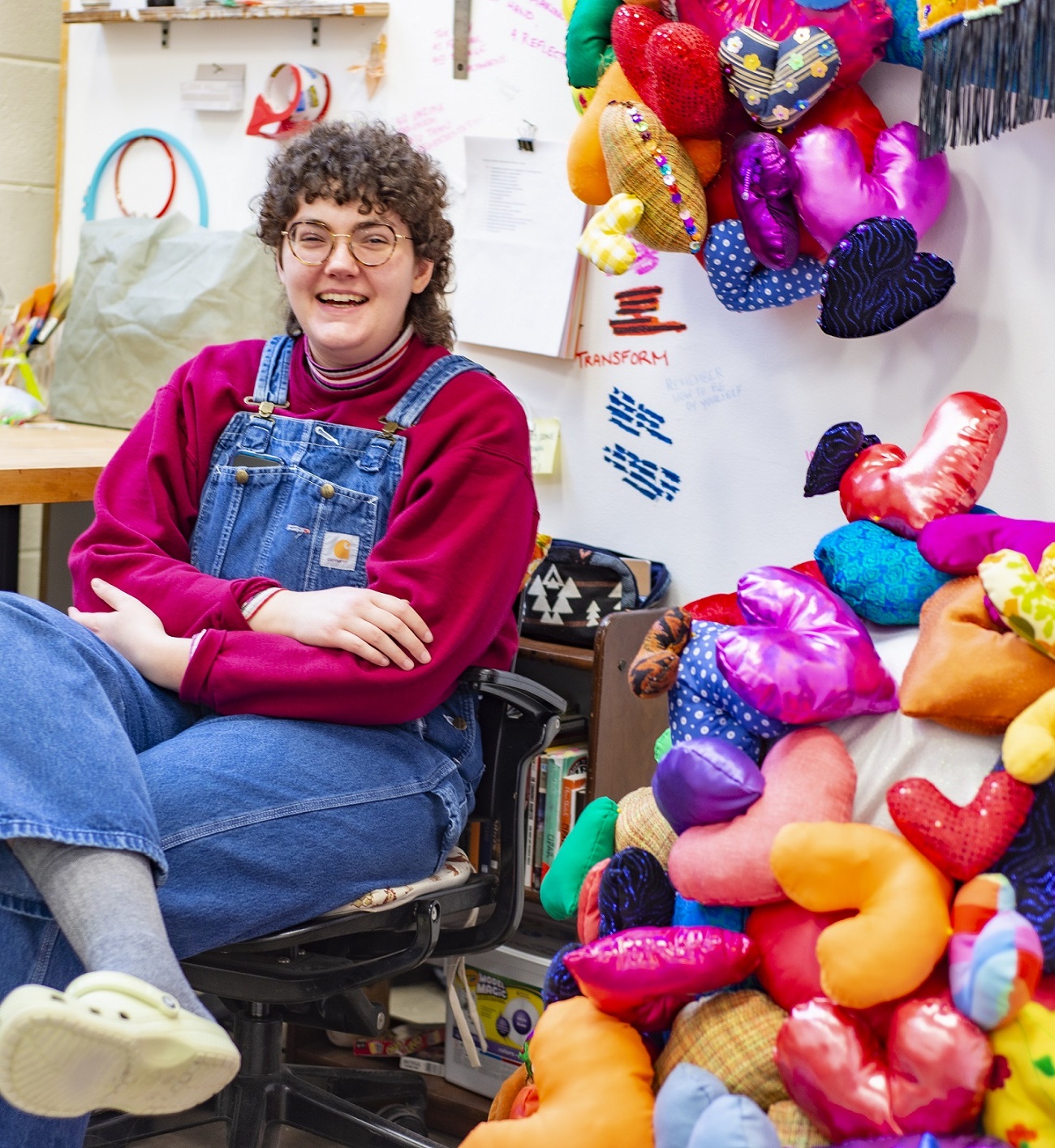
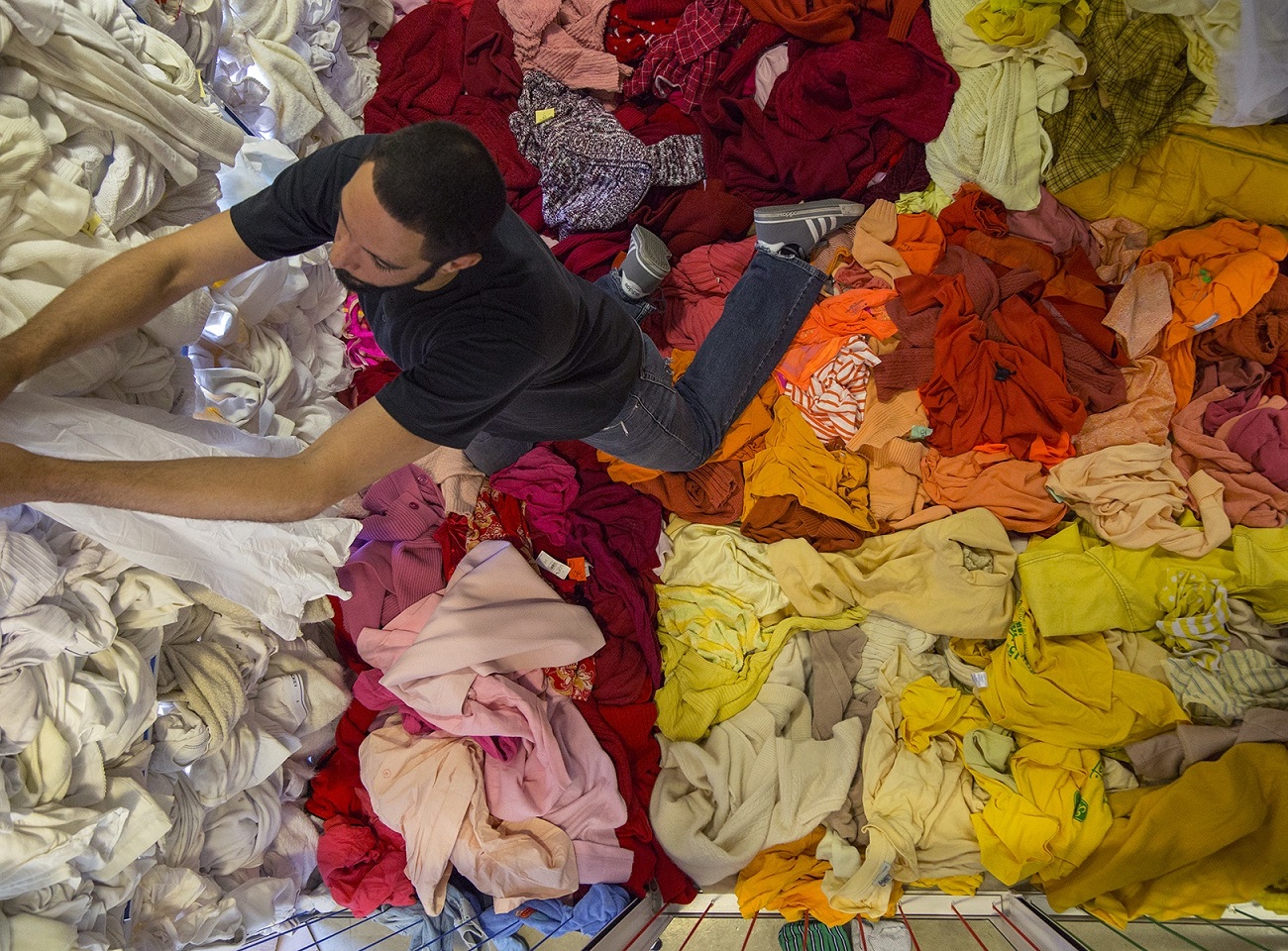

The Fiber program is comprised of intensive studio work, critiques, seminar discussions, research projects, visiting artist lectures, and travel. Weekly critiques establish a critical dialogue that encourages in-depth examination and questioning, considering both material concerns and larger questions about the field of fiber. Critique is a central part of the program and the multidisciplinary approach within the program builds an awareness of contemporary issues and historic precedents.
Seminar discussions address contemporary issues to provide a greater context for framing our work while supporting and challenging each student’s exploration. Each Fall the seminar focuses on a series of readings, selected by the Artist-in-Residence and the students, and in the spring the focus shifts to professional practices to prepare for life as a professional artist, designer, or craftsperson. Seminar discussions and critiques are complemented by regular studio visits with the Artist-in-Residence to discuss the development of their work.
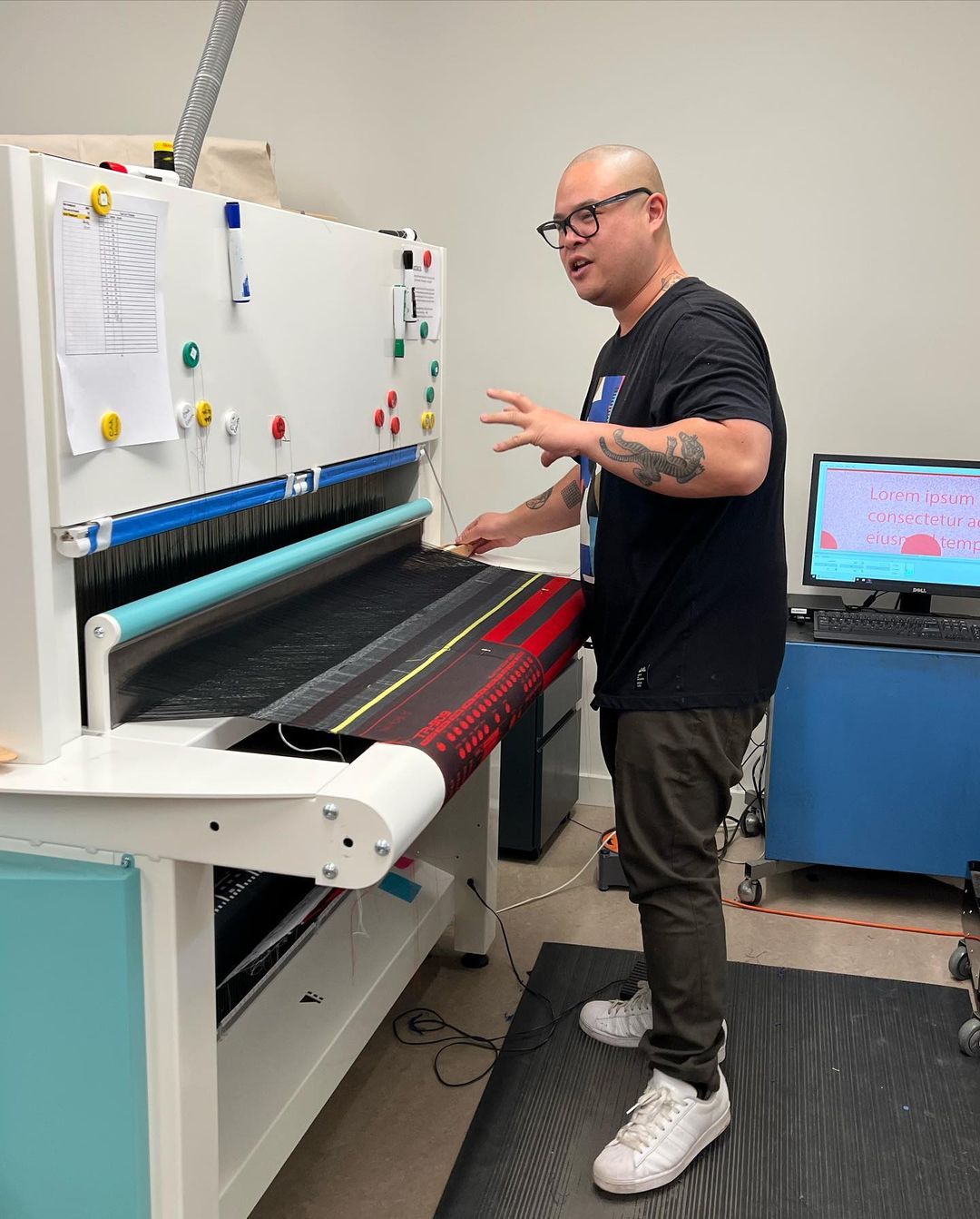
Visiting artists and critics are an integral part of the program in the Fiber program. They present their research and work to us through lectures and seminars, bringing new ideas to our discussions and challenging our assumptions about what we are working on. Visits usually include a public lecture and some form of interaction with students: an individual critique, participation in a group critique, a workshop, or a seminar.
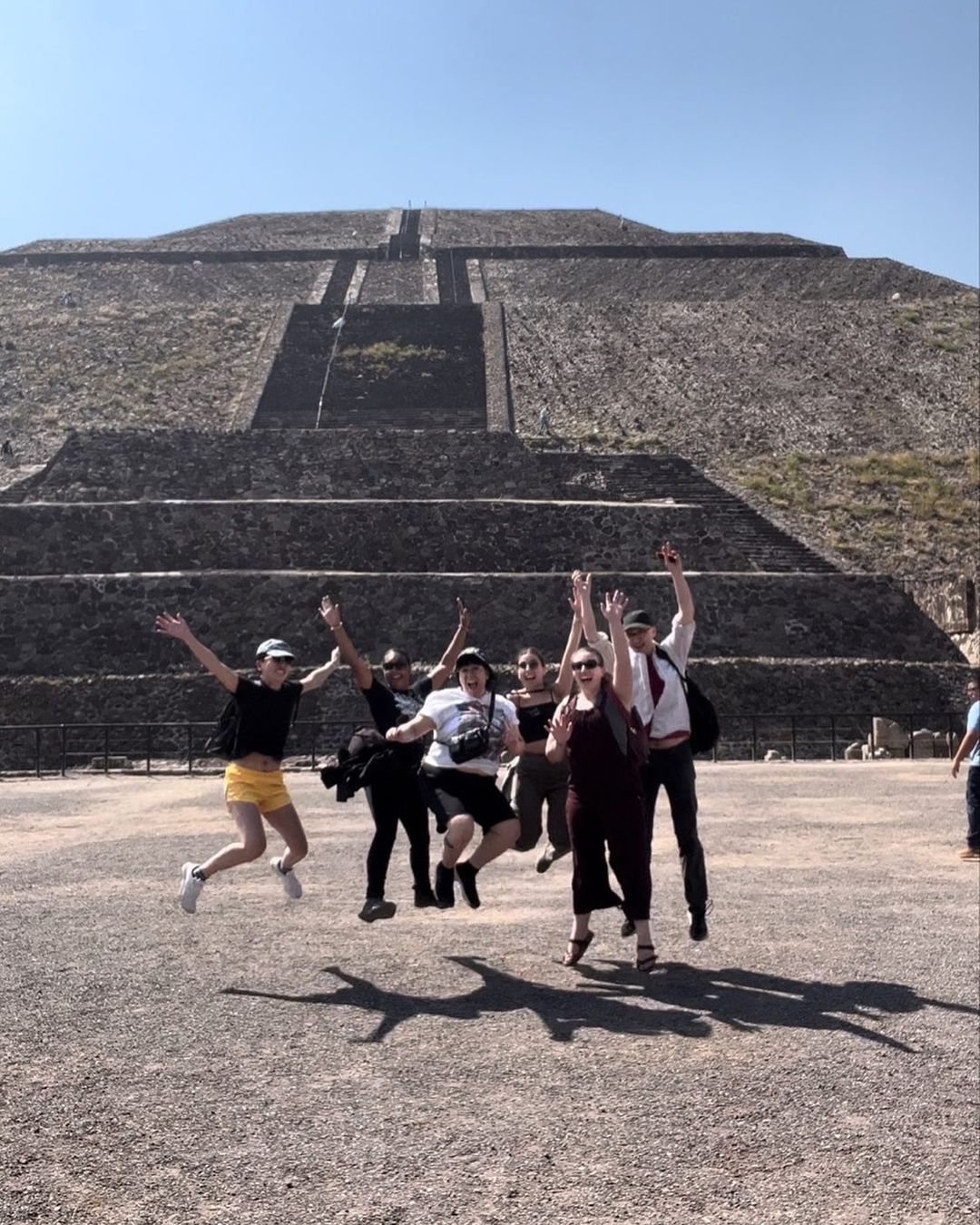
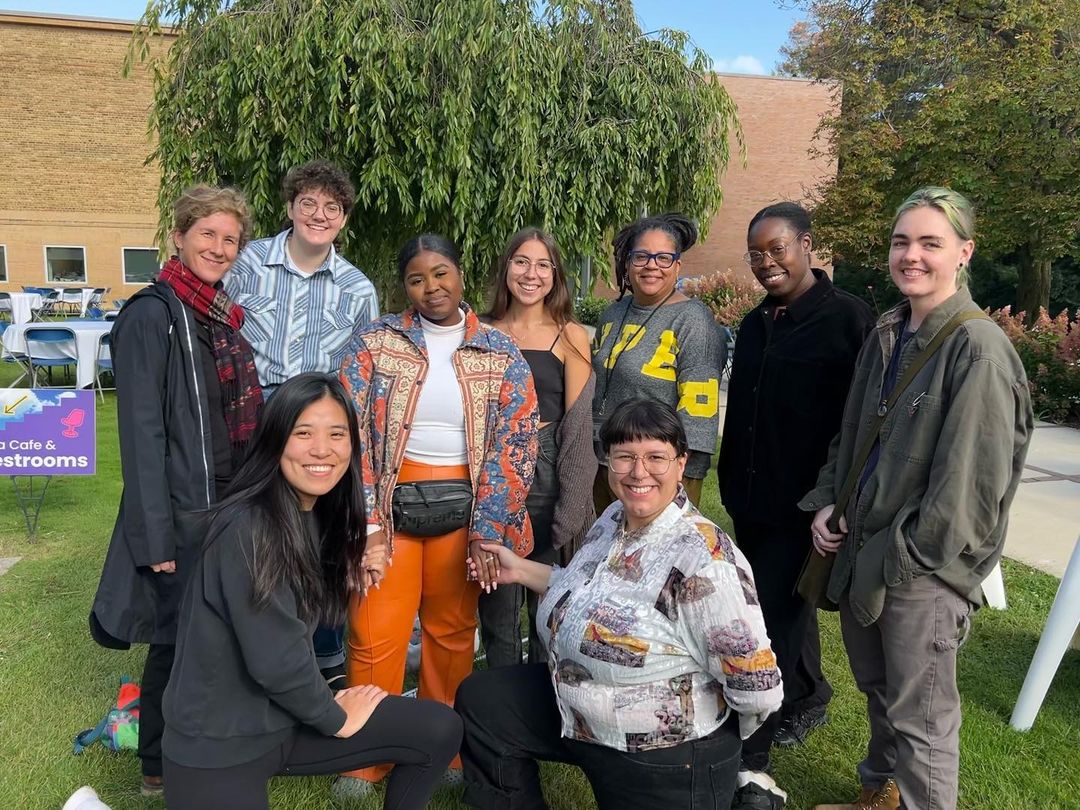
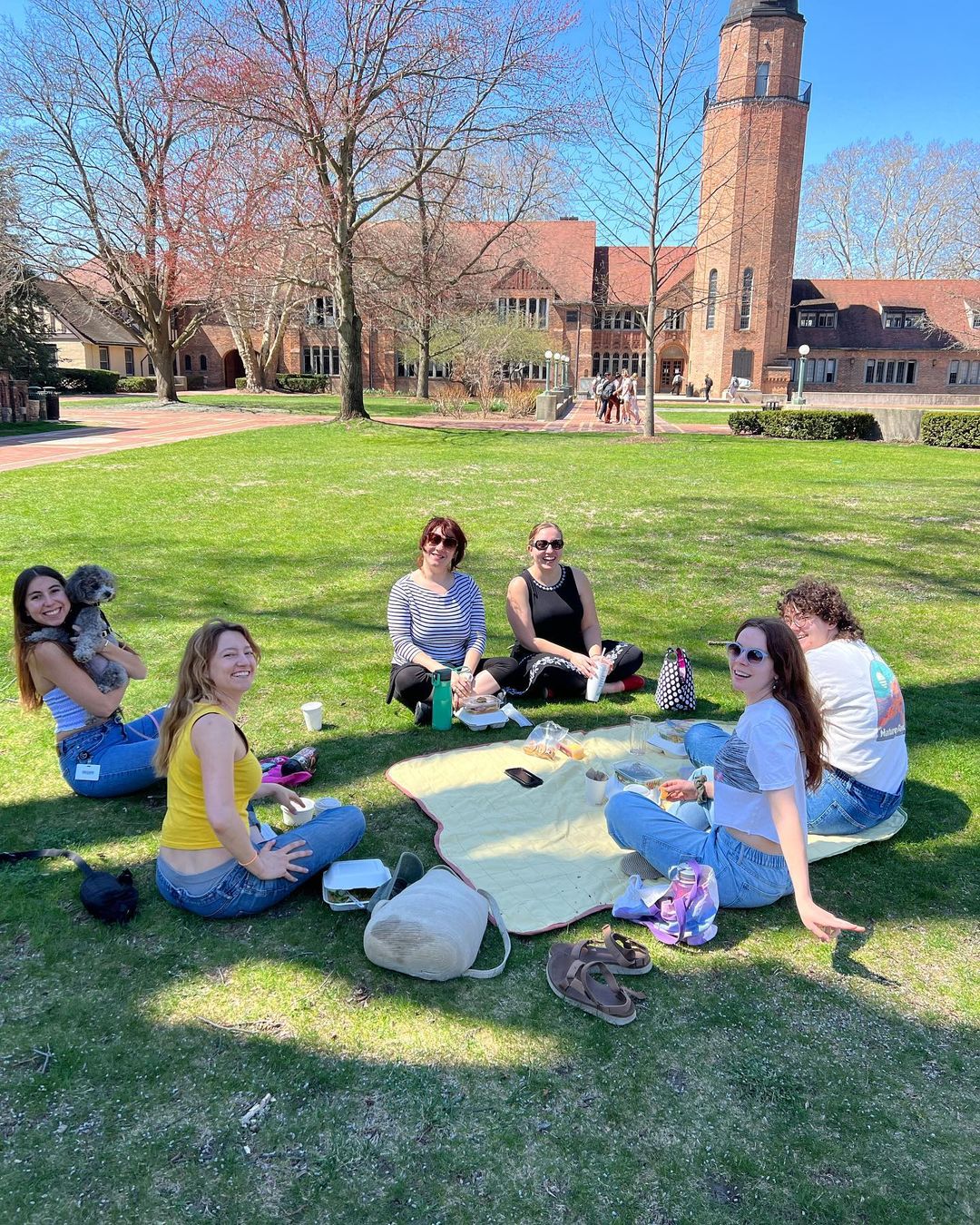
Walking in the hallway between the Fiber students’ studio spaces you notice the sounds of making, find small groups of people in conversation about a recent lecture or critique, and notice work appearing, growing, and changing. People walk back and forth from their studio spaces to the communal spaces at the other end of the program carrying dyed, printed, and built things in various states of process and form. It is a dynamic environment that supports each artist’s unique practice and reveals the interpersonal dynamics of a respectful community.
The Artist-in-Residence’s studio is at the intersection of the student studios and the communal workspaces in the Fiber program, and the kitchen is the social heart of the program.
In addition to seminar discussions, critiques, and one-on-one meetings we host several visiting artists each year and travel locally to see collections, exhibitions, and lectures, and beyond Detroit to experience the way the arts are valued and involved in other communities. We have traveled to Mexico City, Oaxaca, Havana, New York, Los Angeles, Joshua Tree, Chicago, and more. Travel is an important way to build program conversations and expand our ideas about how art fits into our lives and the culture around us.
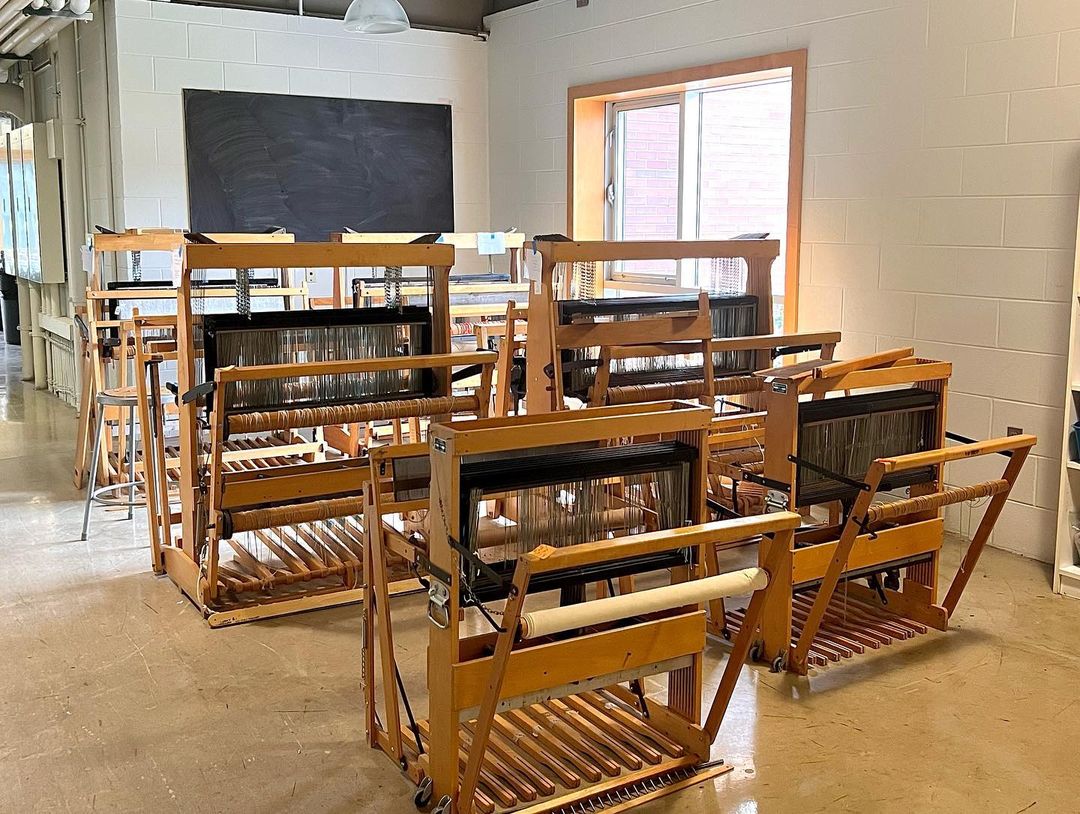
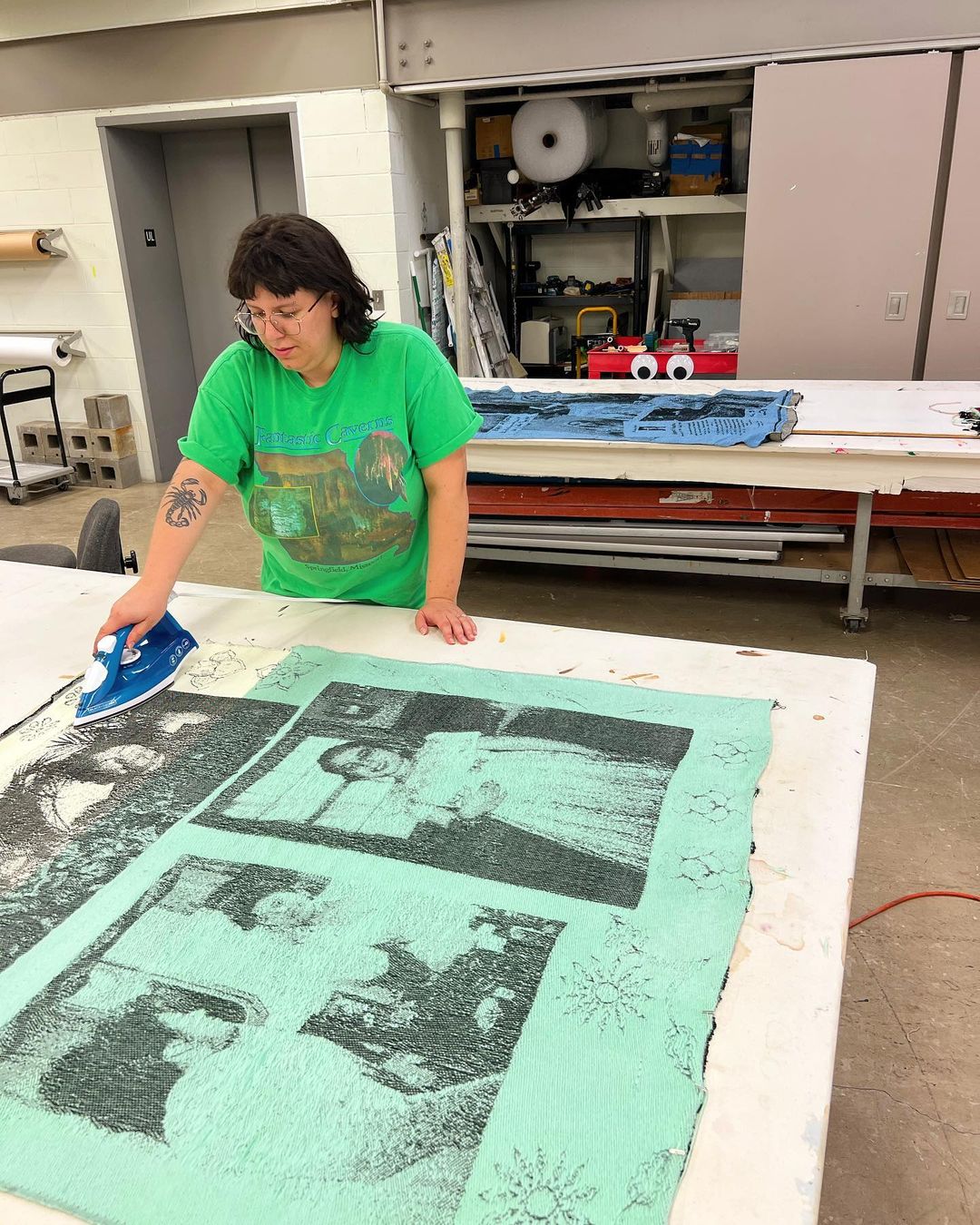
Each student has a personal light-filled studio space with a worktable and storage. Students also have open access to shared spaces including our critique room, computer room, dark room, dye lab, papermaking area, and screenprint room.
A selection of available resources inside the Fiber program and the Central Media Lab follows.